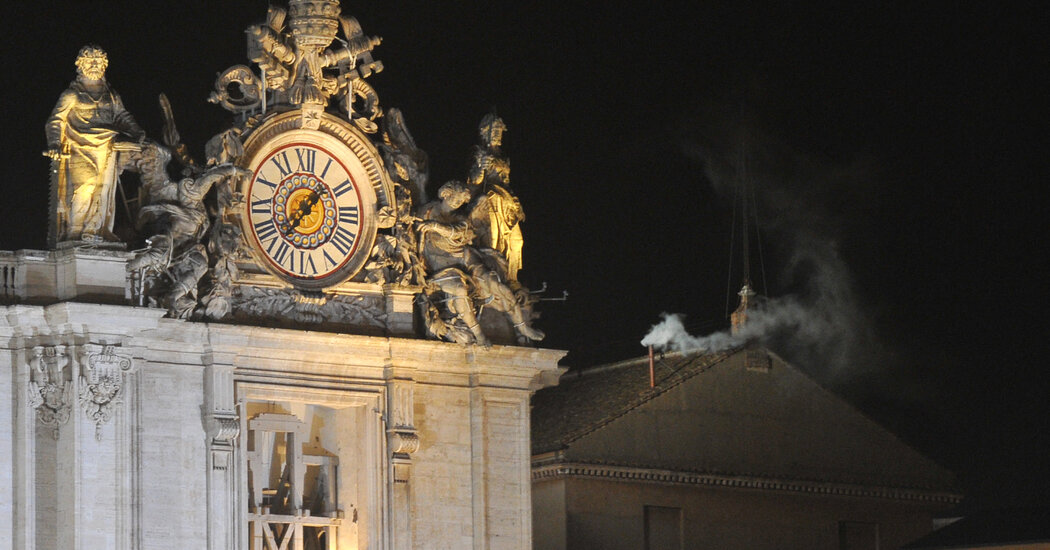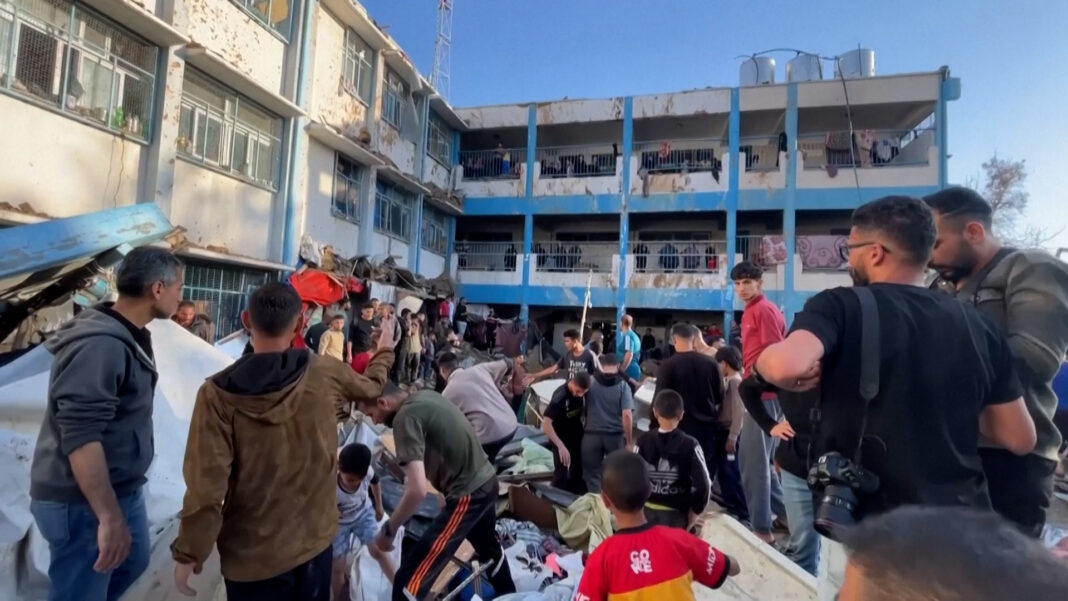The first papal conclave in 12 years begins on Wednesday at the Vatican after a morning Mass in St. Peter’s Basilica. At 4:30 p.m. local time (10:30 a.m. Eastern), the cardinals will walk in a short procession to the Sistine Chapel from the nearby Pauline Chapel to begin the vote.
When the master of pontifical liturgical celebrations says, “extra omnes,” a Latin phrase that means, “everybody out,” everyone but 133 cardinal electors — those under the age of 80 who can vote in the secret ballot, leave the Sistine Chapel, its wooden doors closing behind them.
Once the conclave begins, cardinals are not allowed to leave the Vatican, other than for meals and to sleep at night, until a two-thirds majority agrees on the next pope. Phones, internet, television and any contact outside the Vatican walls are prohibited, a custom enforced to discourage the process from dragging on.
The conversations that could shape the voting began after Pope Francis’ death on April 21, as cardinals met in the Vatican both to plan his funeral and to discuss major issues facing the church.
Timing: Generally, a conclave must begin 15 to 20 days after a pope’s death. This one is scheduled to start 16 days after Francis died. The date was chosen in part to allow enough time for preparations, said Matteo Bruni, the Vatican’s spokesman.
Preparations: These have included closing the Sistine Chapel to tourists and making special arrangements, such as installing the stoves in which the cardinals’ ballots are incinerated after voting.
Secret ballots: The cardinals vote by hand, writing in the name of the man — and it must be a baptized Roman Catholic man — they want to be pope. One vote will take place on Wednesday afternoon. The following days, cardinals will vote twice in the morning and twice in the afternoon.
Smoke: Up to twice a day, at the end of the morning and the end of the afternoon, the ballots are incinerated, sending a plume of smoke into the sky above the Sistine Chapel. If a two-thirds majority has not reached a consensus, chemicals are added to turn the smoke from the burned ballots black. When a new pope has been chosen, the smoke is colored white. Onlookers gathered in St. Peter’s Square at the Vatican keep their eyes trained on the chimney atop the Sistine Chapel.
The announcement: After a new pope is chosen, a senior cardinal steps onto a balcony of St. Peter’s Basilica and proclaims into a microphone, “Habemus papam,” a Latin phrase meaning, “We have a pope.” The cardinal announces the new pope, and the name he has chosen to go by as pontiff.
The pope then emerges, dressed in a white cassock, and gives his first blessing as pontiff to the crowd gathered below.
How long will it take? It is unclear how long the conclave will last. Each of the last two popes — Benedict XVI, in 2005, and Francis, in 2013 — was elected in two days. After the death of Clement IV, in 1268, the cardinals needed 33 months to find a successor.
This year, if the conclave hasn’t reached a decision by Saturday afternoon, the cardinal electors would get Sunday off for prayer and informal conversations. But they would still not be allowed to leave the Vatican.


